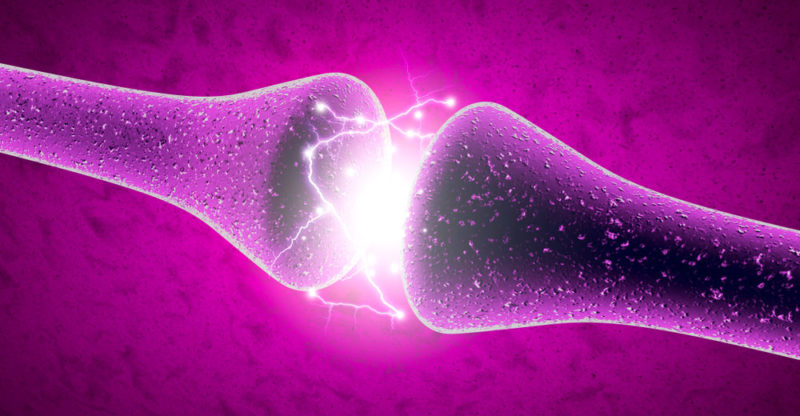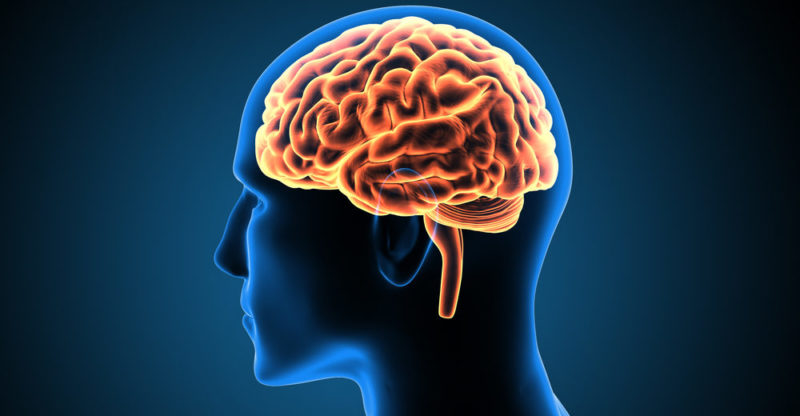We explain what neurons are, the functions they fulfill, and the parts that compose them. Also, its characteristics and synapses.
What are Neurons?
Neurons or nerve cells are the cells of the nervous system. These serve to transmit and broadcast information. Neuron networks are those that communicate information from the brain to the rest of the body through nerve impulses or vice versa.
Neurons are not all the same, but they have different shapes depending on their location. They all emit nerve impulses by changing polarity. In this way, they communicate with each other in order to communicate certain information.
Mental activity necessarily involves the communication of neurons with each other. It is estimated that there are about 100,000 million neurons in the nervous system of humans.
Neuron functions
Neurons have the function of communicating information from one part of the body to other parts.
They control, in this way, from the movement of an arm, thoughts, and even feelings through electrical signals that are called nerve impulses.
Parts of neurons
Neurons have different parts that make them up. These parts are:
- Dendrites. Dendrites are the branched parts of the neuron that receive information (nerve impulses) and transport it to the cell body.
- Soma, cell body or perikaryon. The cell body is the central part of the neuron. In this cell body is the nucleus of the cell.
- Axon. The axon is the branch that starts from the cell body and communicates information to another neuron. These can have different extensions depending on the area of the body in which they are.
- Myelin is a white, fatty substance that covers most axons. This has the function of accelerating the nervous impulse. In other words, speed up the information communicated up to 90 times per second.
Types of neurons
There are different types of neurons:
- Sensory neurons. These neurons are those that receive stimuli from the environment. For example, the eyes, touch, hear, and transmit signals from different organs to the brain through the spinal cord.
- Motor neurons are neurons that emit signals from the central nervous system to the muscles, thus affecting their movement.
- Interneurons must transmit information between sensory and motor neurons.
- Relay. They are large neurons that transmit information from one part of the central nervous system to another within it without passing through the peripheral nervous system.
Synapse

In the final part (called the terminal axon) of each cell, there is (between it and the next neuron) a small space called the synaptic vesicle. When the information reaches the edge of the axon, particles called neurotransmitters are released and released from the axon of the neuron that emits the information.These neurotransmitters remain in the fluid of the synaptic vesicle. Some of these are lost but many others enter through the synapse towards the dendrites of the other cells (neuron that receives the information).This process occurs between 2 neurons and is repeated infinitely many times from the moment the information comes from a place (brain or sensory organ) until it reaches its destination.
Presynaptic and postsynaptic neurons
The one that emits the information is called a presynaptic neuron and the one that receives the information from the presynaptic neuron is called a postsynaptic neuron.A neuron is presynaptic at one point, but the next moment it becomes a postsynaptic neuron.
Synapse types

There are 3 forms of communication between neurons:
- Axodendritic. It is the type of connection that makes the branches of the axon (called the terminal button) of the presynaptic neuron with the dendrites of the postsynaptic neuron.
- Axosomatic. It connects directly from the terminal button to the soma of the postsynaptic neuron.
- Axoaxonic. The terminal button connects directly to the axonal terminal of the postsynaptic neuron.
Neuron formation stage
In the same way as the human body, nerve cells are formed from the moment of gestation of the zygote egg with the union of the sperm and the ovum.
The maturity process of the human being manifests itself through two instances:
- Progressive process. This is the first process and occurs through cell proliferation (increase in the number of neurons), dendritic arborization (when nerve cells increase the number of branching pathways), and myelination.
- Regressive process. After this process, there is a stage called apoptosis or neuronal death where many of the dendrites die after not having made synapses with other neurons.
Neurogenesis in pregnancy

This process begins to be generated in the fetus around the 8th month of pregnancy and then allows the formation of the nervous system. This is done through 4 steps or stages:
- Proliferation. During this stage, the number of cells increases considerably.
- Migration. Migration occurs when cells leave the ventricular zone of the neural tube to the place where they will be permanently lodged. This depends on where the neurons are. This migration is made possible by glial cells that assist neurons and function as a kind of access route.
- Differentiation. The final location of neurons within the nervous system is produced and the interconnections between them are detailed.
- Cell death. The previous step generates an excessive number of neurons which must irretrievably die. There are two modes of cell death: necrosis and apoptosis. The first is unnatural death and the second is the natural death of neurons and it only occurs at this stage.
Destruction of neurons or necrosis
With the exception of the neuronal pruning stage, different factors can occur that cause the destruction of neurons. These cannot be recovered. In other words, after the death of neurons due to brain accidents (ingestion of narcotic drugs or excess alcohol), neurons die and they are the only cells that can never recover.
Adult neurogenesis

Until a few years ago it was believed that after the stage of cell death in child development in pregnancy a stage of cell death preceded it, but it was considered that the brain was not capable of generating nerve cells again. In other words, if a person suffered from an accident and it affected a certain number of neurons, recovery was not possible.
This, in a way, continues to hold even though the generation of neural stem cells in adult life is being studied. This does not occur throughout the brain but only in cells found in the hippocampus and in the subventricular area of the lateral ventricles.
The above content published at Collaborative Research Group is for informational and educational purposes only and has been developed by referring reliable sources and recommendations from technology experts. We do not have any contact with official entities nor do we intend to replace the information that they emit.














